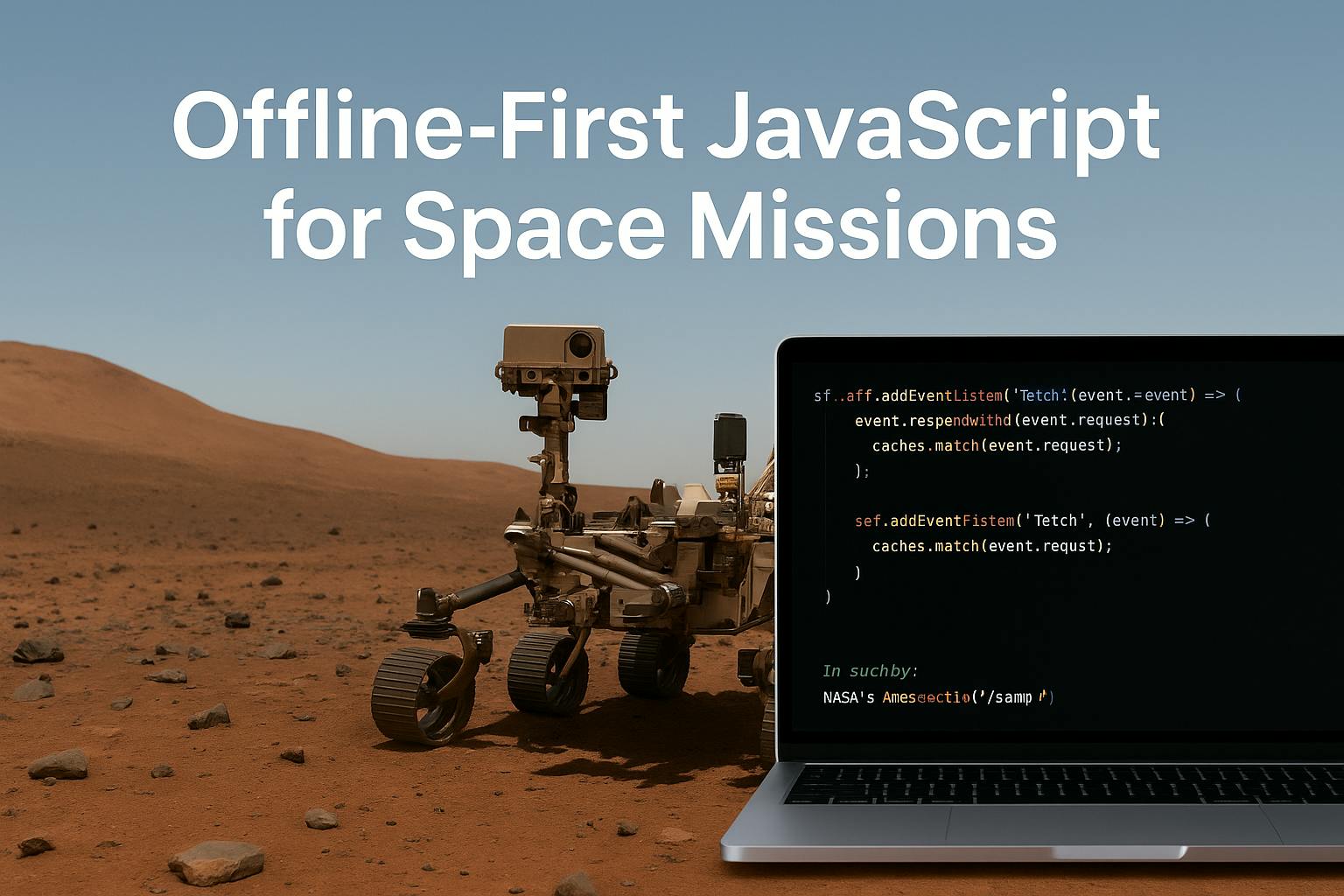
"JavaScript has evolved beyond the web, proving itself as an offline-first language well-suited for high-stakes environments like space missions."
"In space exploration, the necessity for software to function without internet access and handle extreme conditions makes JavaScript extremely valuable."
"NASA's Open MCT facilitates mission planning and telemetry visualization despite high latency and hardware limitations, showcasing how JavaScript can adapt to unique environments."
"Developers can take cues from space applications to create more resilient apps by building self-reliant software capable of local decision-making."
The article discusses the innovative use of JavaScript beyond web applications, specifically in space missions where internet connectivity is often unreliable. JavaScript's lightweight structure and offline-capable design patterns make it an excellent choice for software running spacecraft. Challenging conditions in space, such as high latency, hardware limitations, and power constraints, necessitate self-reliant and resilient software. NASA's Open MCT platform highlights how JavaScript can facilitate mission planning and telemetry monitoring while functioning offline, inspiring developers to adopt similar resilient design principles for their applications.
Read at Hackernoon
Unable to calculate read time
Collection
[
|
...
]